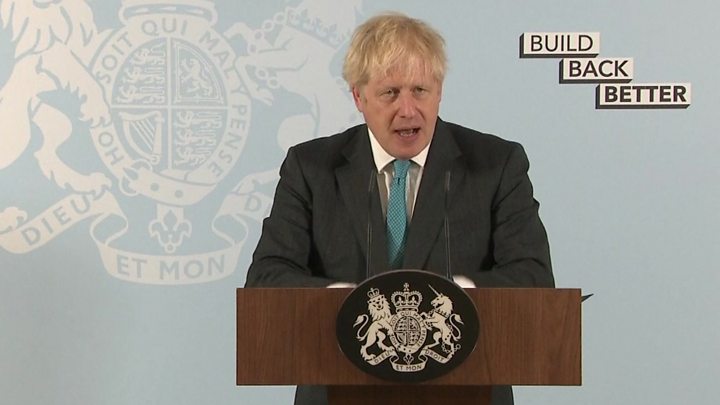JumpStart, which moved its offices to Midtown almost a decade ago, could become an anchor tenant in Wexford’s first building.
CEO Ray Leach described the innovation community in Cleveland as decentralized. With better cooperation in a district designed for interaction, he hopes barriers will fall for businesses, institutions and residents of majority Black, low-income neighborhoods on the city’s East Side.
“I’m envisioning hundreds of millions of dollars of more capital, tens of thousands of jobs, a real ability to make an impact around racial and economic inclusion,” Leach said. “I think this is the kind of project that has to happen in order for us to find new and different ways to collaborate.”
JumpStart is one of five organizations, along with the Cleveland Foundation, the Fund for Our Economic Future, the Greater Cleveland Partnership and Team NEO, steering a broader initiative called the Cleveland Innovation Project. That alliance is attempting to reposition the regional economy, with a focus on health care, smart manufacturing and water technology.
The project’s key goals include developing talent, boosting the flow of private capital to growing businesses and reducing stark gaps in Clevelanders’ digital literacy and internet access.
Midtown is one logical site — though not the only potential location — to concentrate activity in those target industries, said Baiju Shah, senior fellow for innovation at the Cleveland Foundation.
Since the inception of the Health-Tech Corridor, developers in the area have built or renovated more than 1 million square feet of real estate that isn’t tied to hospitals or research institutions.
Anything that Wexford develops must connect “seamlessly” to those existing assets, Shah said, describing a district that should feel cohesive, but not contrived.
“The goal of the district is not to have a company relocate 1,000 jobs from somewhere else,” Osha said. “The goal of the district is to be able to attract 100 organizations, small and large companies, that each have 10 jobs. It’s the same 1,000 jobs, but it’s more robust. And in a lot of ways, it’s far more sustainable.”
The Cleveland Foundation still aims to break ground this year for its headquarters and to move into the building in mid-2022. That relocation, from downtown, dovetails with a broader vision of turning East 66th Street into a new gateway into the Hough neighborhood to the north.
“This effort isn’t just about the initial partners coming together to get this off the ground,” Ronn Richard, the foundation’s president and CEO, wrote in an emailed response to questions from Crain’s. “This innovation district will only be a success if equity and systems-breaking work are at the core of every aspect of the initial vision and its implementation into reality.”
Mansfield Frazier, a 77-year-old resident and business owner in Hough, participated in the developer-selection process.
Historically, he said, neighborhood residents have been left out of development discussions — or included only as an afterthought. Midtown’s approach, by contrast, is refreshing. And so is Wexford’s, Frazier said.
“It’s exciting,” he said. “I’m a futurist by nature. I like innovation. I like to think of what possibilities are, and Wexford has a great track record of working in minority communities, inner-city communities in general. … I don’t think they’re coming in with preconceived notions. I think they want to listen well. I get the sense that they want to listen and take input from the community.”



More Stories
Video Compares the Size of Science Fiction Starships
NASA Technology to Reveal Crop Health Insights for Agriculture Industry
Get Over 40 Hours of Training On IoT, Java, Robotics, Data Science and More for just $39